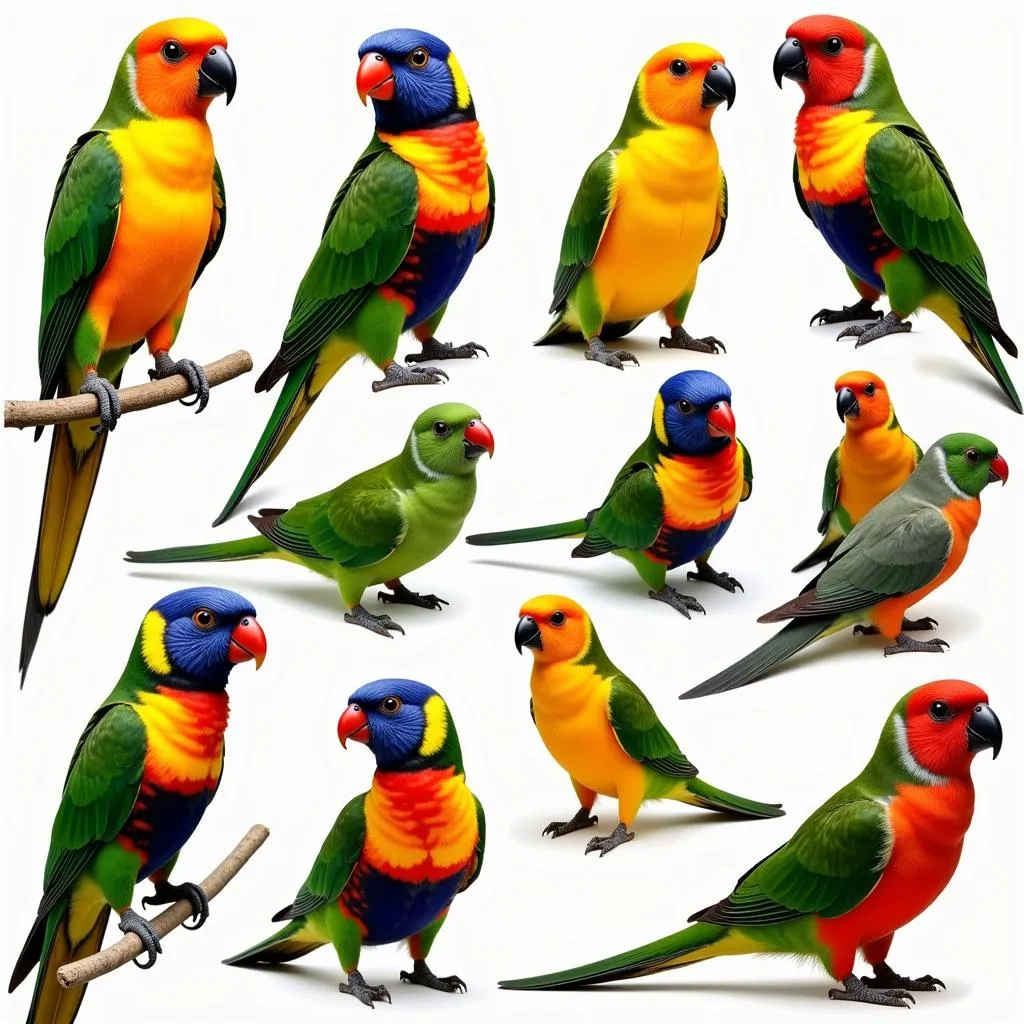Exploring the African Barbel: A Comprehensive Guide
The African Barbel, a fascinating group of fish, inhabits diverse freshwater ecosystems across the continent. This article delves into the world of these whiskered wonders, exploring their biology, behavior, cultural significance, and conservation status. We’ll uncover the secrets of these often-overlooked inhabitants of African rivers and lakes. After reading this article you will have a good base of knowledge about the African Barbel and hopefully, want to learn more!
Unveiling the Mysteries of the African Barbel
African barbels belong to the family Cyprinidae, the largest fish family globally. Characterized by their barbels, whisker-like sensory organs around their mouths, these fish navigate their watery world with remarkable precision. These barbels are crucial for locating food in murky waters and navigating complex underwater environments. They are a diverse group, with species varying significantly in size, coloration, and habitat preference. Some species prefer fast-flowing rivers, while others thrive in the still waters of lakes and swamps. Their adaptability is a testament to their evolutionary success. This reminds me of the adaptable nature of the African dwarf frog and cory catfish.
The diversity within the African barbel group is truly astounding. From the small and colorful Barbus species to the larger and more predatory Labeobarbus, the group encompasses a wide array of ecological roles. Some species play a vital role in seed dispersal, while others contribute to nutrient cycling. Understanding this diversity is key to appreciating the ecological importance of these fish.
The Ecological Importance of the African Barbel
African barbels are integral components of their respective ecosystems. They serve as both predator and prey, playing a crucial role in maintaining the delicate balance of aquatic food webs. Their feeding habits, which often involve sifting through the substrate, can also influence sediment dynamics and nutrient cycling. Certain species are even known to consume mosquito larvae, contributing to natural mosquito control and benefiting human health.
Furthermore, some African barbel species are important indicators of ecosystem health. Their sensitivity to changes in water quality and habitat degradation makes them valuable tools for monitoring environmental changes. Their presence, or absence, can provide crucial insights into the overall health of a freshwater ecosystem. Just like the african catfish clarias gariepinus, they are an important part of the ecosystem.
What is the Role of the African Barbel in the Food Web?
African barbels occupy a middle trophic level in most aquatic food webs. They consume invertebrates, algae, and small fish, while also serving as prey for larger fish, birds, and reptiles. This intricate web of interactions highlights their importance in maintaining a healthy ecosystem. They are a vital link, connecting the lower and higher trophic levels.
Cultural Significance and Human Interactions
In many African communities, the African barbel holds cultural significance. Certain species are considered delicacies, providing a valuable source of protein and contributing to local economies through fishing activities. In some cultures, they feature in folklore and traditional beliefs, further highlighting their connection to human societies. This is an interesting parallel to the African catfish wiki, which also has cultural significance.
However, human activities pose significant threats to many African barbel populations. Habitat destruction, pollution, and overfishing are contributing to the decline of several species. Understanding these threats is crucial for developing effective conservation strategies. We must strive to balance human needs with the need to protect these valuable aquatic resources.
How can we protect African Barbel populations?
Protecting African barbel populations requires a multifaceted approach, involving habitat restoration, sustainable fishing practices, and public awareness campaigns. Educating local communities about the importance of these fish and promoting responsible fishing methods are essential steps toward ensuring their long-term survival. Similar conservation efforts are needed for the African barbell dog.
Conclusion
The African barbel, a diverse group of fish, plays a vital role in the freshwater ecosystems of Africa. From their unique sensory adaptations to their cultural significance, they are fascinating creatures worthy of our attention and protection. By understanding their ecological importance and the threats they face, we can work towards ensuring their continued existence for generations to come. Let us continue to explore and appreciate the wonders of the African barbel, a true testament to the biodiversity of the African continent. Remember the importance of the African catfish scientific name in research and conservation.
FAQ
- What are the main threats to African barbel populations?
- How do African barbels use their barbels?
- What is the cultural significance of African barbels?
- How many species of African barbels are there?
- What are some conservation efforts for African barbels?
- What do African barbels eat?
- How do African barbels contribute to the ecosystem?
When you need assistance, please contact us at Phone Number: +255768904061, Email: kaka.mag@gmail.com Or visit us at: Mbarali DC Mawindi, Kangaga, Tanzania. We have a 24/7 customer service team.

